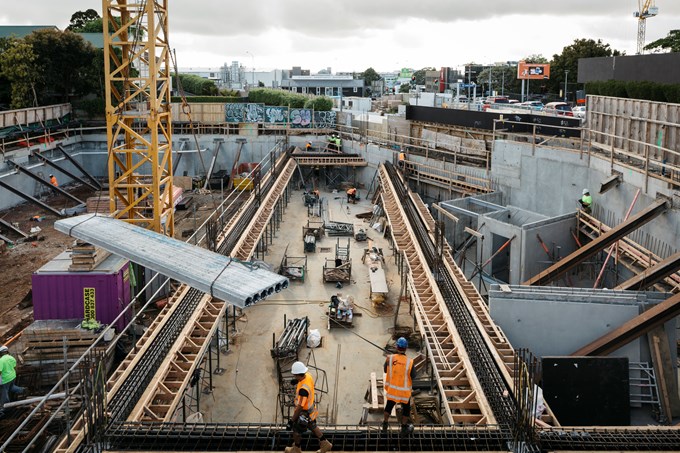Auckland's future development could see major change with a surge in consents to build in urban areas after years of greenfield dominance.
In the latest Insights paper, Auckland Council’s Chief Economist David Norman and Economist Shane Martin look at how the market has reacted to the Auckland Unitary Plan's adoption, with huge growth in building consents for brownfields development in the second half of 2017.
Brownfields growth rising
Brownfields is land in urban areas previously developed where supporting infrastructure already exists. This includes waste and storm water services and roads.
“For years the share of brownfield residential building consents has been falling but from July 2017 this trend has reversed”, says council’s Chief Economist David Norman.
“The data shows a consistent upward trend month by month, with the number and density of dwellings consented near the city centre higher in 2017.
“Overall, this indicates a lag between the development enabled through the Auckland Unitary Plan and development patterns responding with changes in where development is happening.
“It's clear the Auckland Unitary Plan's goal for a compact city with opportunities for more homes in existing urban areas, close to town centres and transport hubs, is being achieved.
“Additionally, the growth in total consents issued has continued, with 50 per cent more dwellings consented in the last 6 months of 2017 than in all of 2010.
The benefits of brownfields
“With the establishment of Auckland Council there has been a greater focus on development that increases housing density but does not expand Auckland’s urban footprint.
“While land for brownfields development is expensive and investments in infrastructure are still required, they offer benefits for the city that greenfields developments do not.
“This includes being able to use existing infrastructure, increased density leading to more public transport services, and shorter distances to more amenities, such as jobs, schools, shops and parks, that reduces the costs of congestion over long distances.
The full report
Read the full Insights paper (PDF)
Sign up to receive the Insights report and the Auckland Economic Quarterly via email


